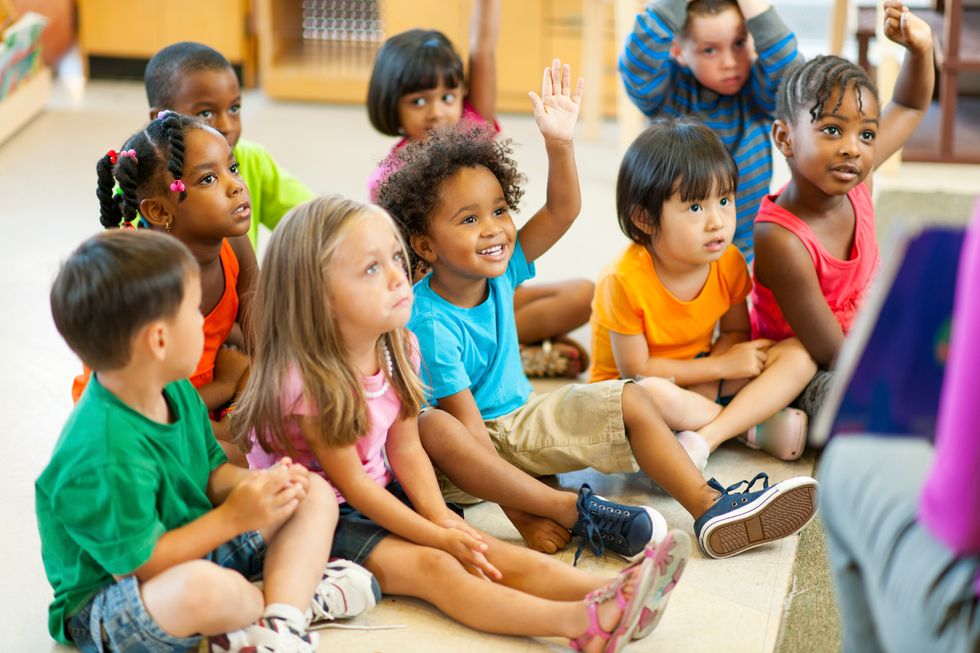Have you ever been called down to the principal’s office or asked to speak with your teacher after class? Has your boss ever said, “I need a minute to talk to you in private” or has your significant other ever sent you that dreadful text message that says, “We need to talk.”?
We encounter scenarios like this very often in life and I guarantee that most of us respond to these situations with worry, stress, and maybe even sweatiness. Most times, we have been worrying for no reason and wind up with a Student of the Month award or a nice compliment about our work ethic and maybe at times a job promotion or a raise.
I am extremely guilty of worrying about everything under the sun. Most of my worries turn out to be useless, and then I find myself angry for worrying in the first place. How can we all better manage our emotions and reactions in these cases? How can we recognize what to do in certain social situations?
The solution is social-emotional learning (SEL). “Social and emotional learning is the process through which children and adults acquire and effectively apply the knowledge, attitudes, and skills necessary to understand and manage emotions, set and achieve positive goals, feel and show empathy for others, establish and maintain positive relationships, and make responsible decisions” (casel.org).
If schools started implementing SEL programs in their curriculums as early as kindergarten all the way through high school, they could help students to be better prepared for the real world. We need to have self-awareness and empathy towards others.These programs are especially important in our technology-driven world. About 80 percent of students are bullied online and in person because the bullies don’t know how to handle their negative feelings, so they take them out on others.
People also consult technology constantly for answers, but we should be able to solve problems on our own. SEL can be taught in the classroom, woven within other academic- based lessons. Teachers can present scenarios to students and ask them for their solutions or they can have students utilize the computer to watch teaching animations and then respond to questions about handling different age appropriate, real-world problems.
SEL programs have been very successful and studies have shown that students who partake in SEL programs have grade increases of eleven percentage points on average and teachers usually see about four to six percent increases, so this clearly makes a big difference! Help spread the word about social and emotional learning.
You can find more statistics and information here:









































